With the proliferation of e-commerce, the challenges of managing returns are also growing. In the home improvement industry, this is particularly complex due to the wide variety of products, ranging from hammers and drills to lawn mowers and swimming pools. A one-size-fits-all approach to returns is nearly impossible, as each product type requires its own approach to ensure cost-effectiveness and sustainability.
Despite the many challenges, effective returns management can offer retailers significant advantages. Even if returns are not the focus of a business model, efficient returns handling offers opportunities to reduce costs, improve sustainability and even increase customer satisfaction. By tailoring return policies to the specific nature of each product category, companies can minimize unnecessary transportation, reduce their environmental impact, and extend the lifespan of returned goods through repair or resale.
For items that do need to be returned, however, companies are employing a variety of strategies to make the process more manageable and efficient. One common approach is to encourage customers to return items in-store rather than sending them via courier services. Retailers can subtly promote this option by making the in-store returns process easier and more convenient. Many customers, seeking a faster resolution, will opt for in-store returns, significantly reducing the complexity of managing returns logistics. By avoiding unnecessary transportation, organizations also reduce their carbon footprint, meeting their sustainability goals.
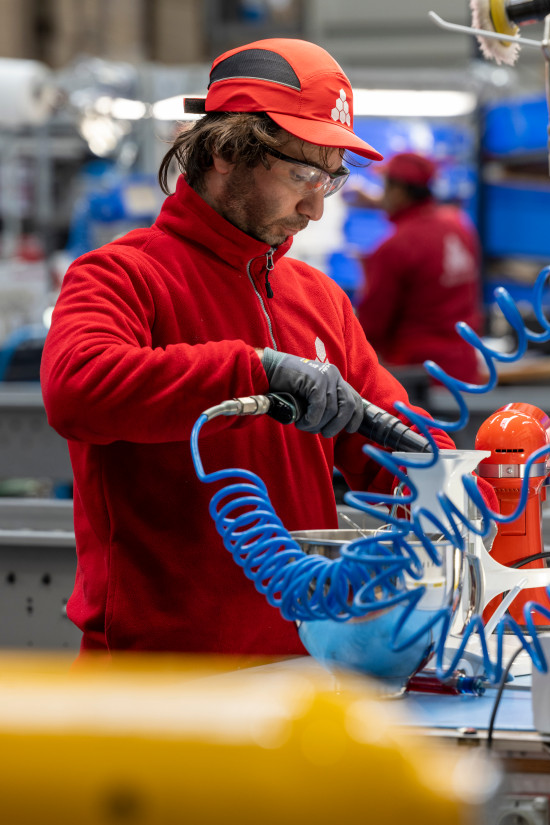
Once the product is returned, the process of evaluating the item begins. In the home improvement sector, the condition of returned goods can vary considerably. While many products are returned unused and in excellent condition, there are surprising cases where customers return items in less than pristine condition. For example, there have been reports of used grills being returned with food still inside and partially used cans of paint. Despite these exceptions, most returns are still of significant value, which is why companies must carefully inspect each item to determine the next steps.
This inspection includes a detailed assessment of the product's condition. Factors such as the damage to the item or its packaging, whether it is a high-value or low-cost…

 Menü
Menü




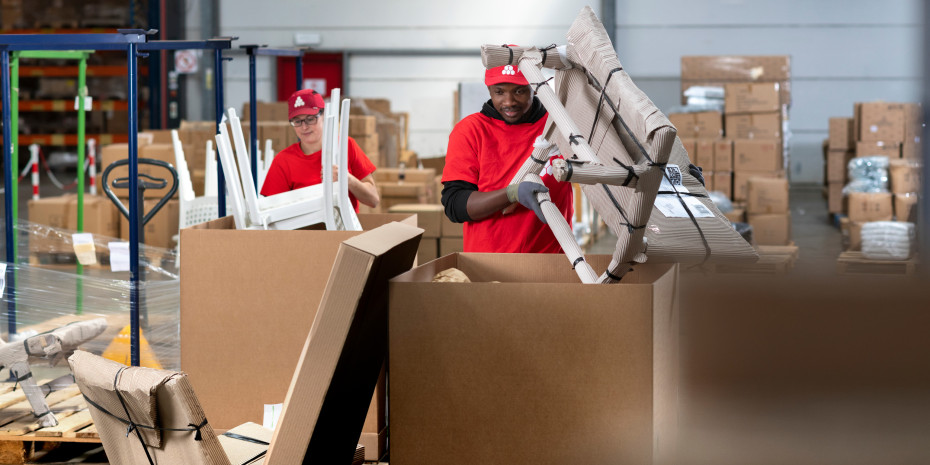


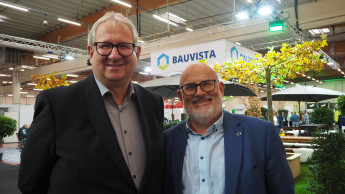




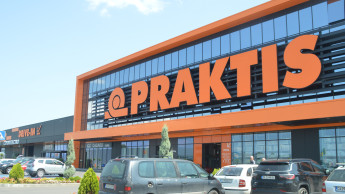
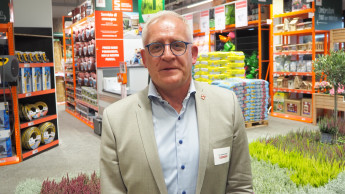
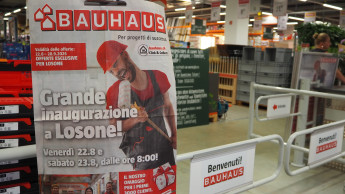
 Newsletter
Newsletter